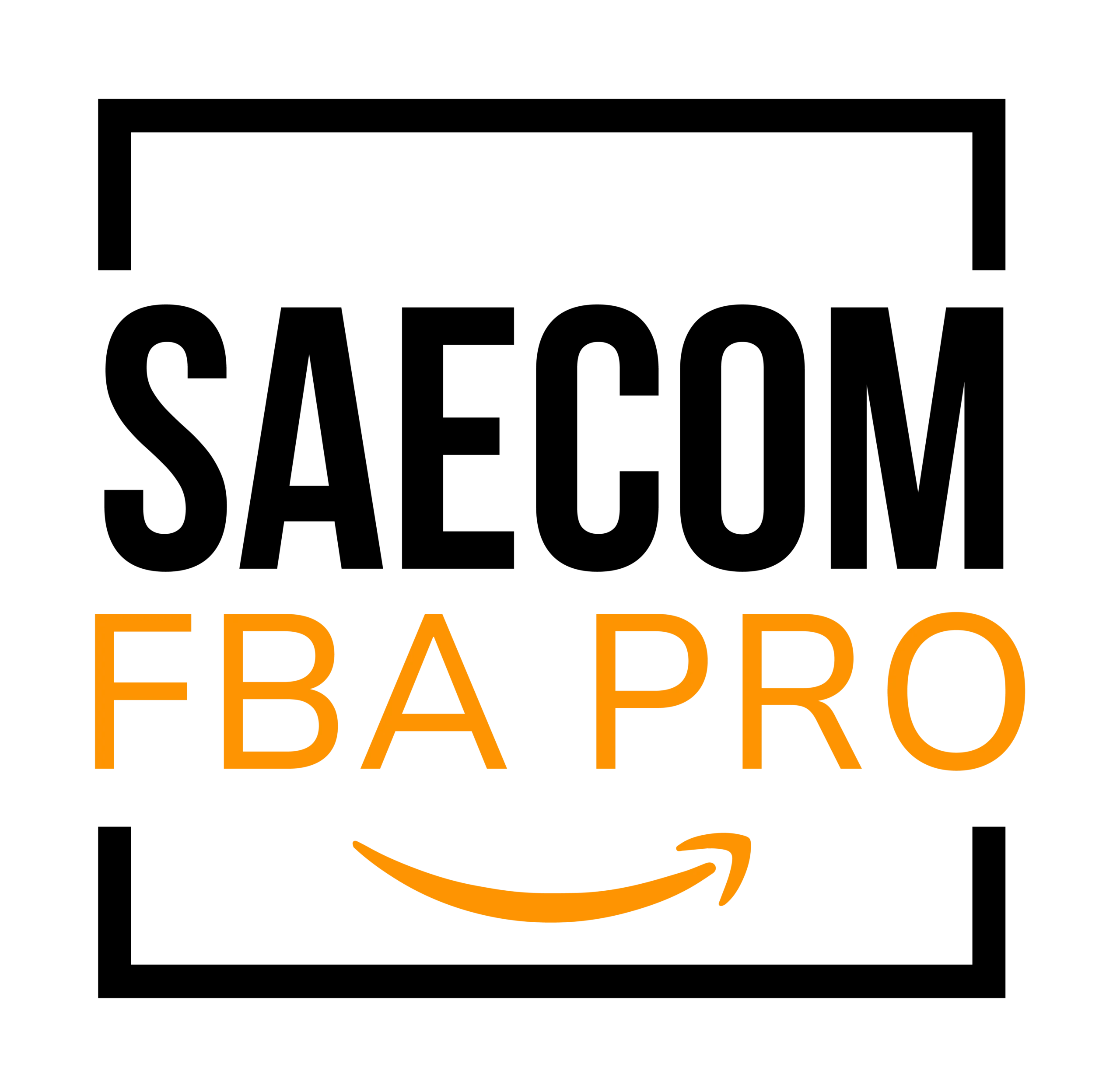How Amazon Aggregators Buy & Scale FBA Brands?
Amazon aggregators play a significant role in shaping the journey of many eCommerce sellers. Every year, thousands of entrepreneurs launch their businesses on Amazon. For some, growth reaches a point where scaling further or exiting seems like the next logical step. That’s where aggregators come into play — helping brands level up or transition smoothly.
If you’re an Amazon seller aiming to understand what aggregators do, what they’re seeking, and how they can benefit your business, this guide will walk you through it all.

What is an Amazon Aggregator?
An Amazon aggregator — sometimes referred to as an acquirer or consolidator — is a company that purchases successful Amazon brands with the goal of expanding and scaling them.
These aggregators enter the market with strong financial backing, targeting established businesses with proven track records. Once acquired, they use their expertise, resources, and strategies to increase revenue and brand value.
Top Amazon Aggregators
Today, there are more than 90 active Amazon aggregators worldwide. Below are some of the most well-known players in the space:
1. Thrasio
Thrasio Holdings, launched in 2018, is considered one of the biggest and most influential Amazon aggregators globally. It has inspired what’s now called “Thrasio-style startups,” which focus on acquiring and scaling digital-first brands.
Brands generating at least $1 million in annual revenue typically qualify for Thrasio’s acquisition criteria. The company uses a detailed evaluation process — covering over 500 checkpoints — to assess potential acquisitions, reviewing supply chains, marketing strategies, and operational strengths. Afterward, it crafts a growth plan to take the brand to the next level.
2. Perch
Perch is another leading name in the aggregator space, managing a portfolio of more than 80 brands. Like Thrasio, they seek businesses with at least $1 million in yearly revenue.
Perch prioritizes brands that already have loyal customer bases, strong product reviews, and quality offerings. Upon acquisition, their first step is “in-place optimization” — improving ad strategies, product merchandising, and inventory control to boost sales. Once the foundation is strengthened, they expand the brand globally and onto other eCommerce platforms.
3. Unybrands
Unybrands focuses on acquiring businesses generating at least $1 million annually, especially in categories like fitness, personal care, pet products, lifestyle, supplements, and home essentials.
Their proprietary technology allows them to scale these brands across Amazon and other channels internationally. They also offer flexible exit opportunities — such as cash-upfront deals — and often allow founders to stay on as advisors. Post-acquisition, they manage logistics, marketing, expansion into global markets, and product line growth.
4. SellerX
Based in Berlin, SellerX has grown rapidly in a short period. It targets sellers in markets such as the UK, USA, and Germany.
SellerX prefers brands with at least a 4.3-star product rating and steady, year-round demand. With over $700 million in funding, the company has acquired more than 40 brands offering 25,000+ products. Like others, they typically look for businesses generating $1 million annually with strong growth potential.
What Amazon Aggregators Look for in a Brand
Aggregators follow specific criteria to identify high-potential businesses. Not all brands are a good fit. Here’s what most look for:
- Brands enrolled in Amazon Brand Registry or selling private-label products.
- FBA sellers are preferred because fulfillment and logistics are already optimized.
- A limited number of SKUs, which makes scaling simpler and more efficient.
- Brands with niche market products, as these offer strong growth opportunities.
- Consistent profitability, ideally above $200,000 annually with 10–15% margins.
- A significant percentage of sales coming from Amazon, ideally 30–80%.
Amazon Aggregator Business Model
Aggregators typically acquire already-profitable Amazon businesses and scale them further to maximize profits.
While they may consider different models, private-label brands are often the top priority due to their ownership advantages. Niche proprietary products also appeal to many aggregators because they tend to have stable demand and strong margins.
Understanding the Value of Your Business

Before approaching an aggregator, sellers should understand their SDE (Seller’s Discretionary Earnings) — the total cash flow generated by the business in a year.
SDE = Net Profit + Add Backs
This calculation gives potential buyers a clear picture of a company’s profitability and helps sellers set realistic expectations for acquisition offers.
Should You Sell to an Aggregator?
Many sellers start with enthusiasm, but as the business grows, managing it can become overwhelming. Some sellers prefer to scale, while others decide to exit at a profitable stage.
If you’ve reached a point where growth requires more capital, personnel, or expertise, selling to an aggregator might be a strategic move. Aggregators provide the resources to expand your brand while rewarding you for the value you’ve built.
Others intentionally build their businesses with the goal of selling, using the payout to fund new ventures. Aggregators also appeal to those who feel their business has untapped potential but lack the capacity to scale it themselves.
How Much Aggregators Pay
The price aggregators pay depends on factors like company size, market potential, product demand, and operational structure. There’s no fixed amount — offers are customized based on each brand’s unique value and growth opportunities.
Where Aggregators Get Their Funding
Aggregators are typically backed by institutional investors and raise both equity and debt capital. This strong financial foundation enables them to make quick and competitive acquisitions.
Choosing the Right Aggregator
Selling your Amazon business is a major decision. Beyond just price, it’s important to evaluate how an aggregator will scale and manage your brand.
Here are key steps to follow:
- Assess the buyer’s expertise and experience in your product niche.
- Talk to multiple buyers to understand their approach to growth.
- Evaluate their due diligence process and financial stability.
- Consider whether individual or institutional buyers are the best fit for your goals.
Challenges Aggregators Face
Even experienced aggregators encounter obstacles, including:
- Complex international tax and logistics when expanding globally.
- Complicated integration processes after acquiring multiple brands.
- Misjudged inventory forecasting that affects revenue.
- Limited sales insights, making it harder to predict long-term profitability.
- Seasonal demand fluctuations that require strong planning.
How Aggregators Scale Brands Post-Acquisition
Once they acquire a brand, aggregators use data-driven strategies and in-house expertise to grow it. Their approach typically includes:
- Optimizing product listings and keyword strategies.
- Enhancing product images, labeling, and branding.
- Launching and fine-tuning PPC campaigns for strong ROI.
- Expanding to other marketplaces and international markets.
- In some cases, retaining original owners as advisors for smoother growth.
Benefits of Selling to Aggregators
Partnering with a top aggregator offers multiple advantages:
- Accelerated scaling opportunities for SMBs.
- Quick and smooth acquisition process backed by strong funding.
- Access to professional Amazon teams and advanced technology.
- Potential to take your brand global.
- Strategic optimization of SEO, listings, keywords, and advertising.
Final Thoughts
Deciding whether to sell your Amazon business and choosing the right aggregator is a big step that requires careful research. Understanding what aggregators look for, how they operate, and how they scale businesses can help you make a confident decision.
With the right partner, your brand can continue to grow and reach new markets — even after you’ve stepped away.


